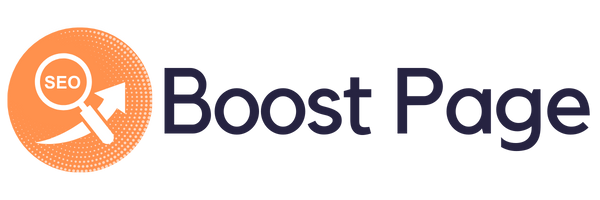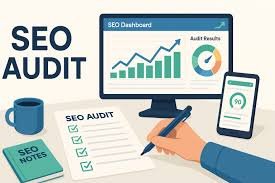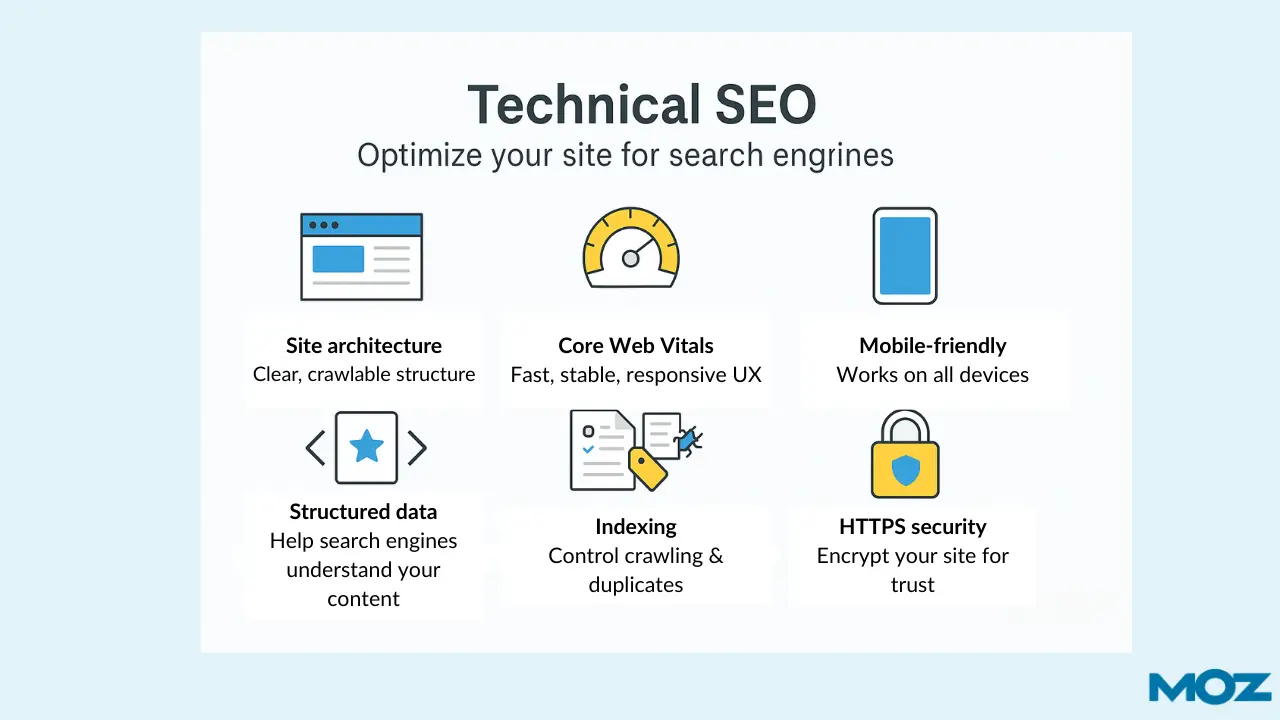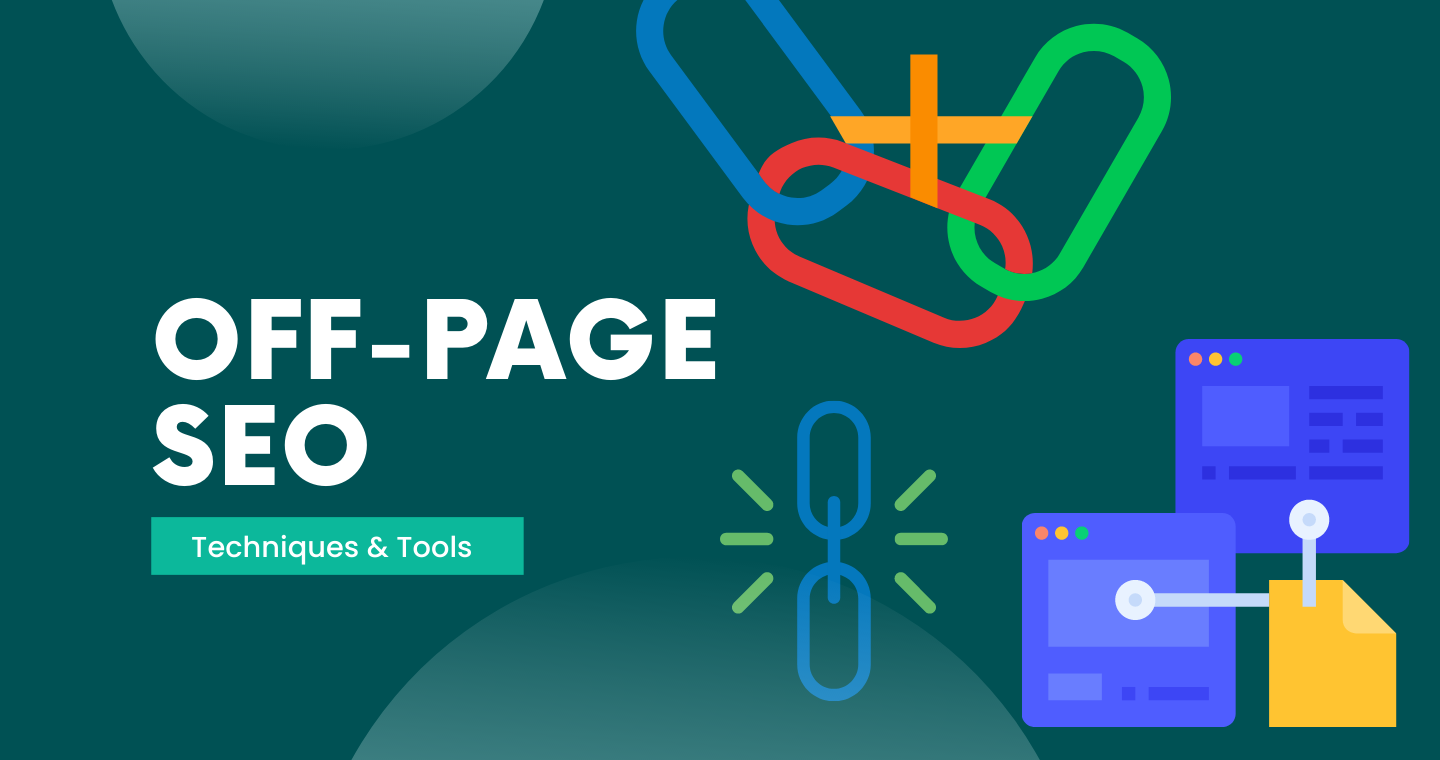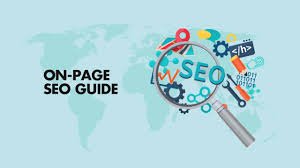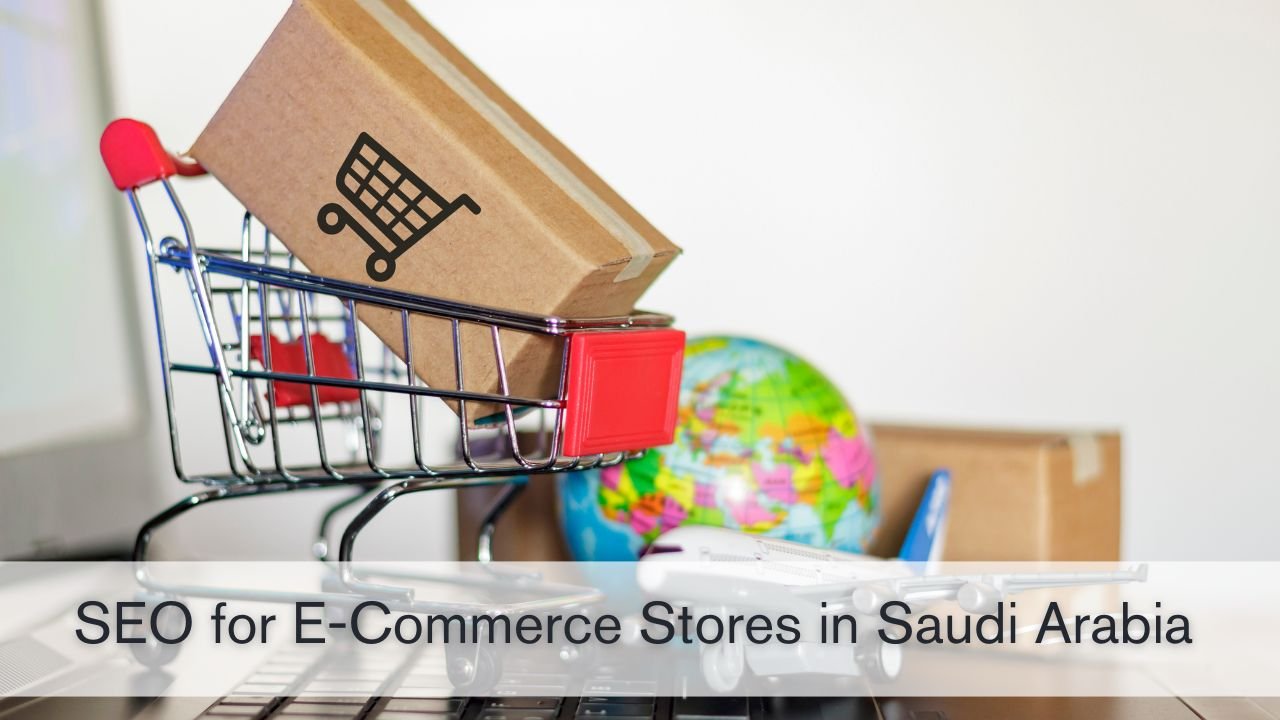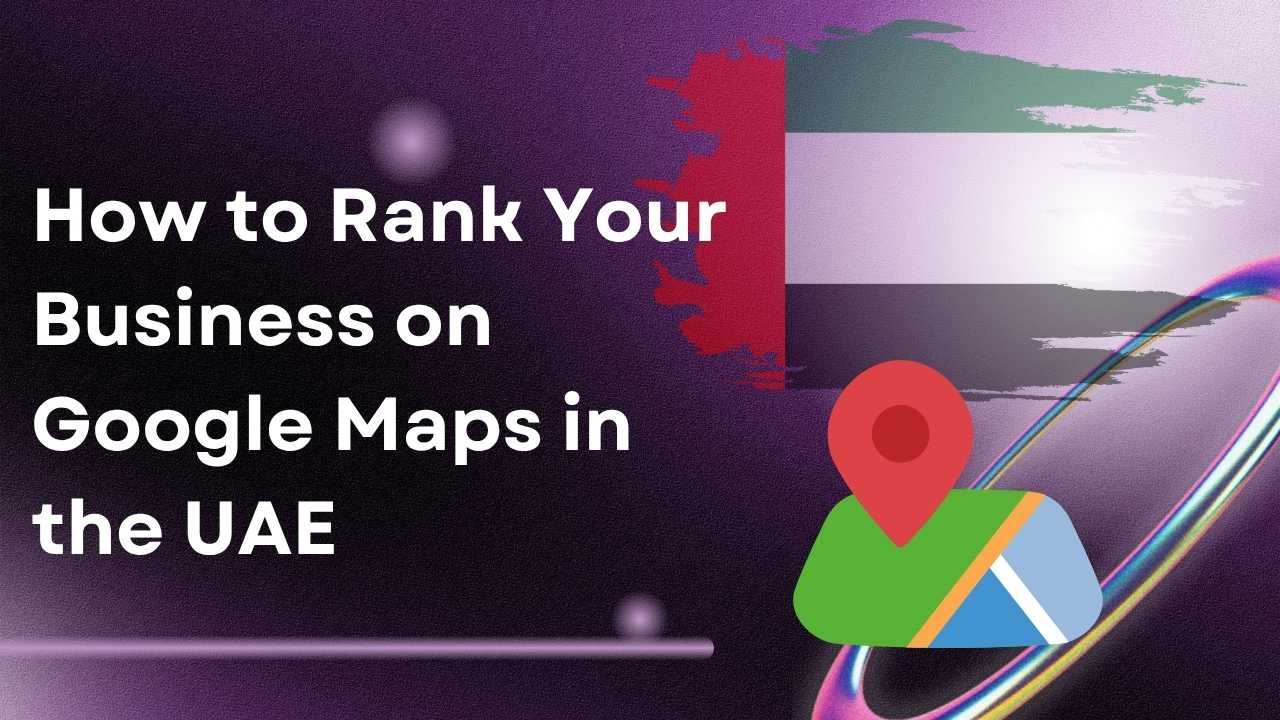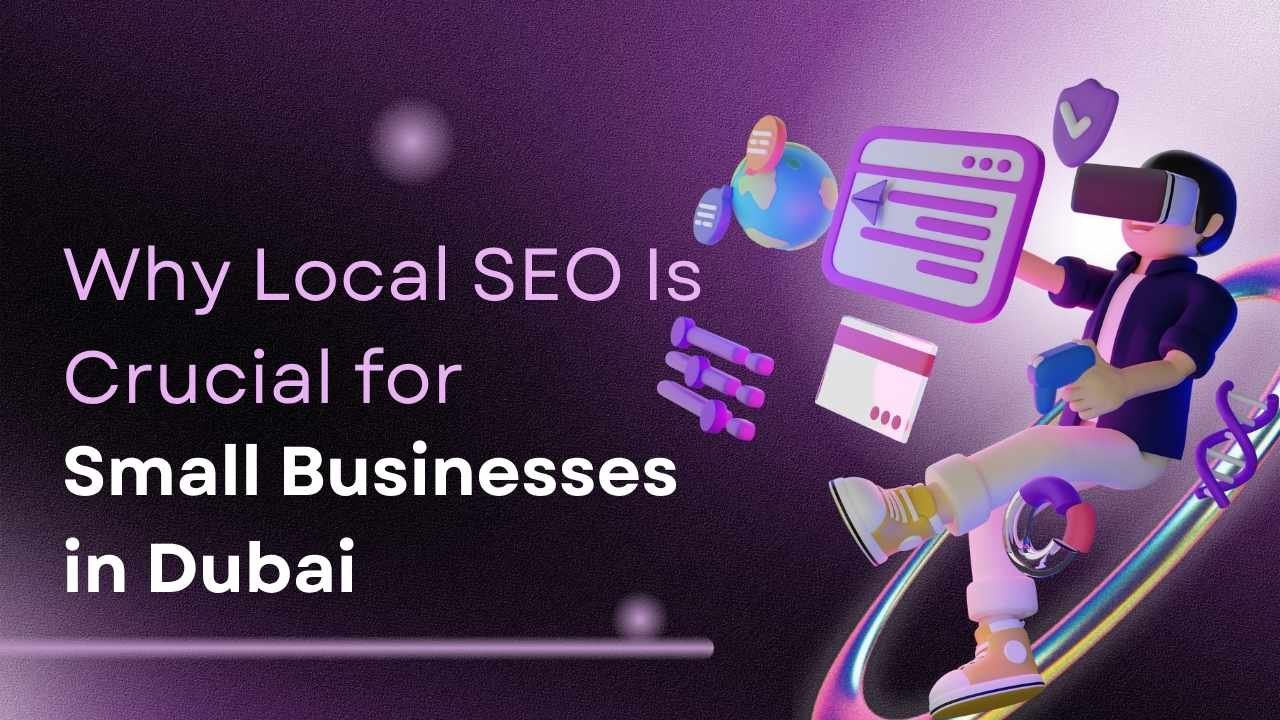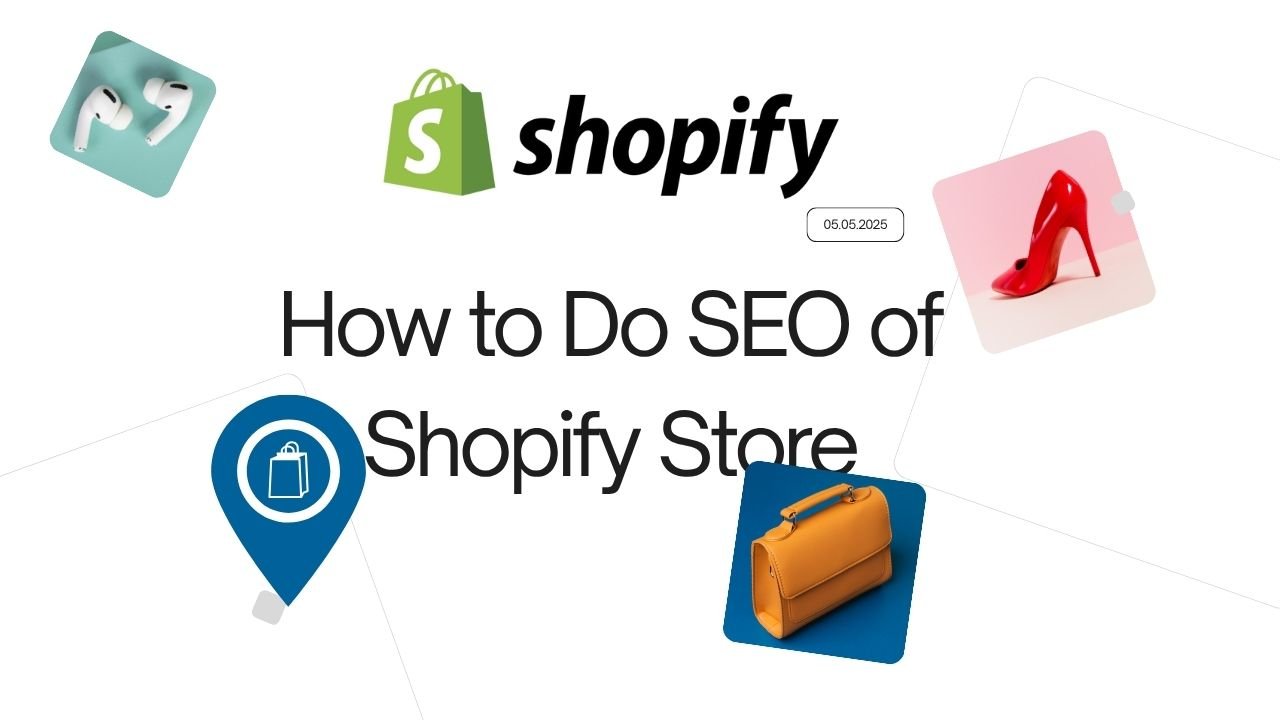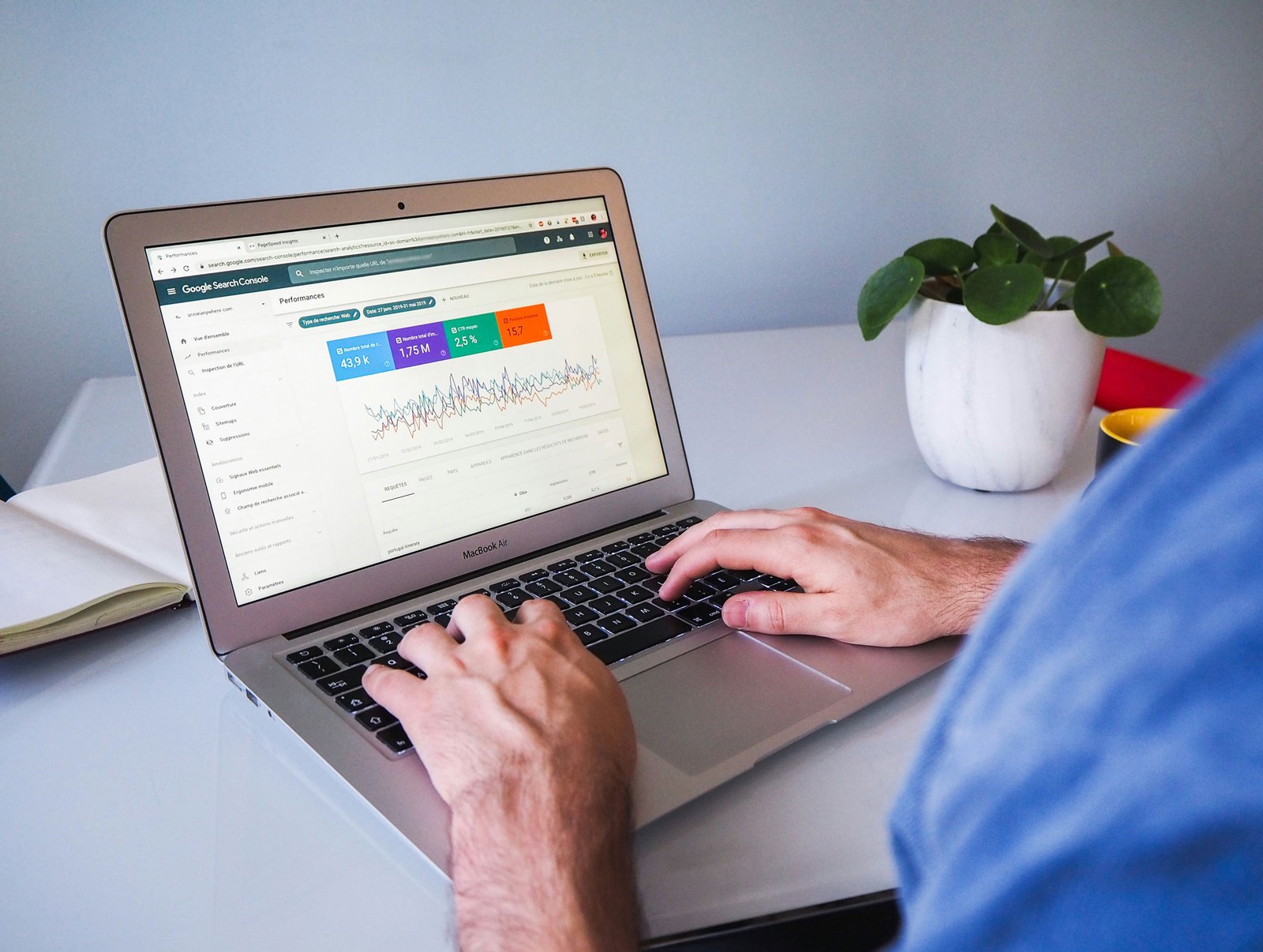Pinterest Marketing: More Than Just Pretty Pictures
You’ve probably heard people say Pinterest is just for recipes and wedding boards. Truth be told, that’s what I thought at first too. My sister used to pin cupcake recipes all the time, and I just rolled my eyes. But funny thing is… once you actually dig in, Pinterest isn’t just some “scrapbook for moms.” It’s a serious tool for driving traffic, building brands, and even making money. And here’s the kicker: it doesn’t work like Instagram or TikTok. Posts on those platforms fade fast. On Pinterest, a pin you make today might still bring you clicks six months from now. That’s wild when you think about it. So let’s talk about this whole Pinterest marketing thing. Not as some “perfect strategy guide,” but the way I’d explain it to you if we were sitting on the couch, half-eating chips, half-planning how to grow your little side hustle. What Even Is Pinterest Marketing? Okay, picture this: instead of people scrolling just to kill time (like on Instagram), folks go on Pinterest with a mission. They’re looking for ideas home makeovers, travel plans, workout routines, you name it. It’s less “look at me” and more “help me plan my life.” That’s why Pinterest marketing is basically about showing up with content that solves problems or sparks inspiration. Businesses use it to send people back to their websites, shops, or blogs. And unlike Twitter or TikTok where you’ve gotta chase trends like crazy, Pinterest feels more like planting seeds. You pin something today, and months later it’s still quietly working in the background. Why Bother With It? You might be thinking, “Cool, but does this really matter for me?” Well, let me put it like this Pinterest has over 480 million active users every month (according to Statista). That’s a lot of eyeballs. And here’s the juicy part: most of them are actively planning purchases. Not just mindlessly scrolling. Here’s why that matters: So yeah, whether you sell handmade jewelry, run a blog, or just want traffic to your site… Pinterest can be that quiet engine humming along in the background. Setting Up Shop (aka Your Pinterest Business Account) Now, you can use a personal account if you want. But if you’re even a little serious, switch to a business account. It’s free, and it unlocks analytics and ads. The steps are pretty straightforward: I remember when I made my first business account, I was surprised by how bare it looked. No followers, no boards, nothing. Felt like starting from scratch. But once you pin a few good posts, it slowly fills out like planting flowers in an empty yard. At first it’s just dirt, then one day you wake up and there’s color everywhere. Making Pins That Don’t Suck Here’s where most people mess up. They just throw up random pictures and wonder why no one clicks. Pinterest is a visual-first platform. So your pins have to pop. Couple of things that help: Funny story I once uploaded a pin with a dark, grainy photo just to “test it out.” Guess how many clicks it got? Zero. Literally zero. Meanwhile, the one with a bright, clean background? Hundreds. That’s when I realized design matters way more than I thought. SEO on Pinterest? Yep, It’s a Thing Here’s the part most folks skip. Pinterest isn’t just social media it’s a search engine. Which means keywords matter. If you just upload pins without thinking about titles, descriptions, or even board names, you’re leaving money on the table. Do this instead: It’s kind of like how you’d Google “easy pasta recipes” and not “food stuff.” Same principle. Give Pinterest exactly what people are searching for. Playing With Ads Now, you don’t have to spend money on Pinterest. Organic reach is pretty solid compared to Instagram or Facebook. But ads can speed things up. Pinterest offers Promoted Pins, which are basically regular pins you pay to show to more people. You can target by interests, keywords, demographics, or even retarget people who’ve visited your site before. And honestly? Compared to other platforms, ads here are cheaper. A small business can run campaigns without burning through savings. I’ve seen people spend $10–20 a day and get solid returns. The trick is testing don’t just throw money at one pin. Run a few, see what clicks (literally), then double down on the winners. The Data Doesn’t Lie (Even If It’s Boring) I’ll admit it I used to ignore analytics. Felt like too much work. But here’s the thing: Pinterest Analytics shows you what’s actually working. Metrics to peek at: Once I noticed one of my travel pins had crazy saves but low clicks, I realized my pin looked good but didn’t make people want to click through. So I tweaked the description and boom traffic doubled. Data isn’t just numbers, it’s like little clues telling you what to fix. Best Practices (a.k.a. The Obvious Stuff We Forget) Here’s some stuff I wish someone told me earlier: And honestly? Be patient. Pinterest is a slow burn. You won’t go viral overnight, but give it three months and you’ll notice steady growth. Common Screw-Ups Let me just say if you’re spamming hashtags or posting low-res images, stop. Nobody clicks those. Other mistakes I see all the time: It’s like planting a garden and never watering it. Don’t expect fruit if you don’t take care of it. What’s Coming Next Pinterest is changing, just like every platform. They’re leaning into shopping features shoppable pins, catalog integrations. Video is also becoming bigger. And with AI personalization (like suggested pins based on your browsing), the feed is getting smarter. If you’re in e-commerce, this is gold. Imagine someone searching “summer dresses” and your product pin shows up ready to buy. That’s where it’s heading. A Little Story Before We Wrap I remember chatting with a friend who runs a small candle business. She was frustrated with Instagram felt like she was shouting into a void. I convinced her to try Pinterest.
Read More
